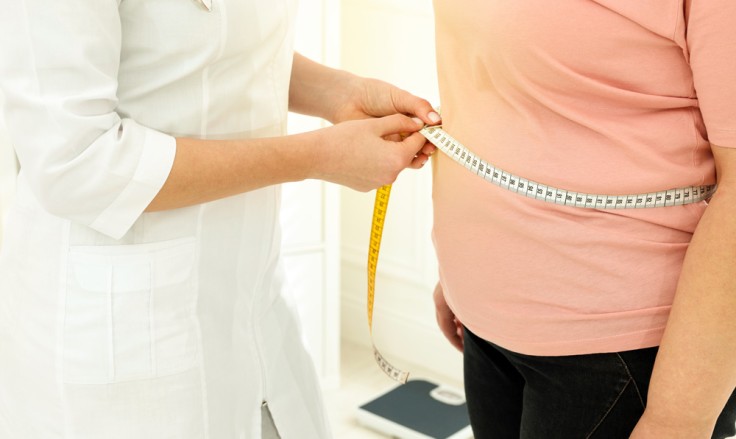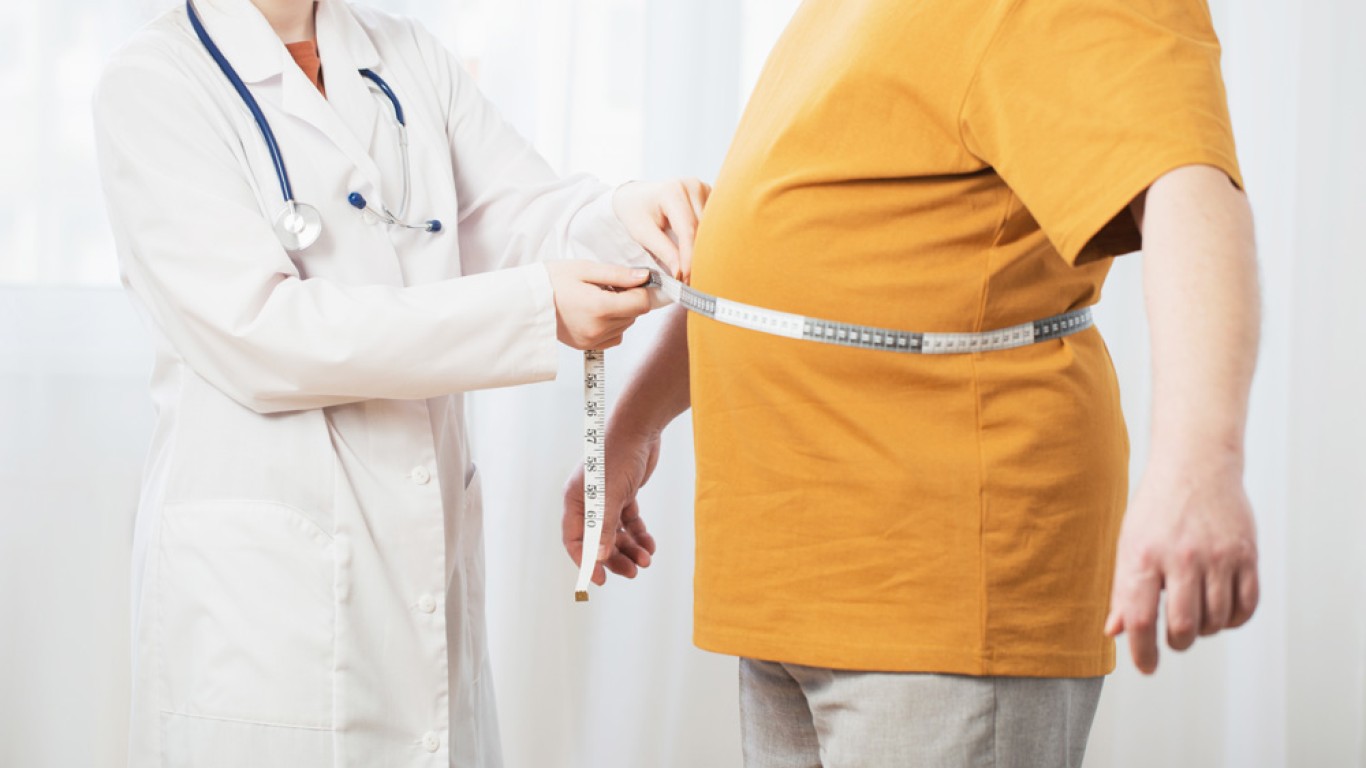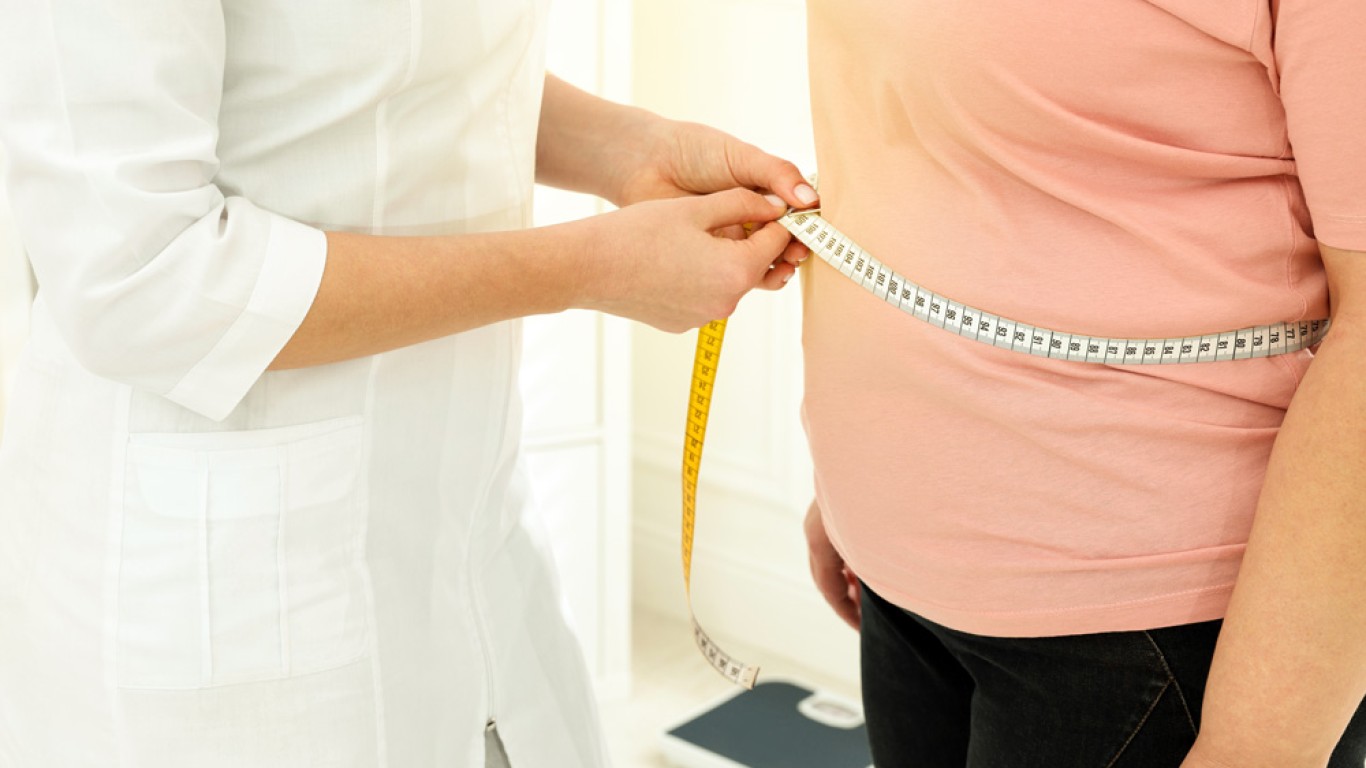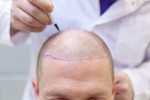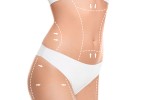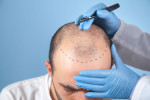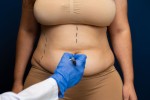The gastric balloon has become a popular weight loss option for those seeking a non-surgical solution. It offers significant short-term results with fewer demands than bariatric surgery. However, success depends heavily on understanding the journey involved. From your first consultation to the final follow-up, each stage has specific goals and milestones. In this article, we’ll walk you through the complete gastric balloon timeline.
Initial Consultation and Assessment
Your journey begins with a consultation with a weight loss specialist. During this session, your goals, health history and current lifestyle will be evaluated. Additionally, your BMI will be reviewed to determine if you’re a suitable candidate. Most providers require a BMI between 27 and 40, but exceptions may apply. Blood tests or imaging might be requested to rule out conditions like ulcers or reflux. At this stage, you’ll also receive information about how the gastric balloon works and what results you can realistically expect. Once you’re approved, a procedure date is booked.
Preparing for the Balloon Procedure
Preparation usually starts one to two weeks before your procedure. Your doctor may recommend a low-fibre diet to clear your system. Additionally, you may be advised to stop certain medications, particularly those that affect your stomach lining. Alcohol and tobacco should be avoided during this time. Hydration becomes important, and you’ll be encouraged to drink water regularly. Mental preparation also matters. You may receive guidance from a dietitian to prepare for the post-insertion diet. This stage ensures your body and mind are ready for a smooth procedure and recovery.
What Happens on the Day of Gastric Balloon Insertion
The gastric balloon procedure itself is relatively quick, often taking about 20 to 30 minutes. It’s typically done as an outpatient treatment, meaning you’ll go home the same day. Under mild sedation or local anaesthetic, the balloon is inserted into your stomach via a thin tube passed through your mouth. Once it’s positioned correctly, the balloon is filled with saline. This creates a feeling of fullness, helping you eat less. Afterwards, you’ll be monitored for a few hours before discharge. Additionally, you’ll receive post-procedure instructions to follow during recovery.
The First Few Days After Insertion
Expect the first three to five days to be the most challenging. Nausea, cramping and discomfort are common as your body adjusts to the balloon. You’ll start on a liquid diet to ease your digestive system into the new state. Hydration is critical during this period. Your doctor may prescribe anti-nausea or acid-reducing medication. Despite the initial discomfort, symptoms generally ease after the first week. It’s important to rest, avoid strenuous activity and gradually increase light movement. This early stage sets the tone for a successful weight loss period.

Moving from Liquids to Solid Foods
After the first week, you’ll transition from a liquid diet to pureed foods. This typically lasts for another week. Following that, you’ll gradually move on to soft foods and eventually solid foods. Additionally, portion control is vital. The balloon helps reduce your appetite, but the long-term benefit comes from learning new eating habits. You’ll likely meet with a dietitian to create a sustainable food plan. This stage also introduces vitamins or supplements to support nutrition. Staying consistent with dietary guidance ensures that the balloon works effectively.
Regular Check-Ups and Progress Reviews
During your time with the gastric balloon, you’ll attend multiple check-ups. These appointments track weight loss, monitor your health and adjust your meal plans. They also help with any challenges you’re facing, such as food intolerance or emotional eating. Additionally, you’ll receive encouragement and support to stay motivated. Exercise will be introduced gradually as part of your routine. These check-ins play a major role in helping you maintain consistent progress. Staying in contact with your care team boosts success and ensures safety throughout the journey.
What to Expect Over the Full Six Months
The gastric balloon remains in your stomach for about six months. During this time, most patients lose between 10 and 15% of their body weight. However, results vary depending on adherence to diet and exercise plans. You’ll likely feel fuller faster, eat smaller meals and develop a more balanced routine. Additionally, your confidence may improve as your clothes fit better and energy levels rise. It’s crucial to use this time to build healthy habits, as they’ll be needed after the balloon is removed. The goal is not only short-term loss but also long-term wellness.
Gastric Balloon Removal Procedure Explained
At the six-month or a year mark, the balloon is removed in a procedure similar to the insertion. You’ll receive sedation, and the balloon will be deflated and removed through the mouth. The process is quick and usually takes under 30 minutes. Afterwards, you can resume eating once your stomach settles, usually within a day. Some patients experience mild discomfort, but it typically passes quickly. Your care team will provide post-removal dietary guidelines and suggest next steps for continued weight maintenance. The removal is an important milestone in your transformation.
Maintaining Weight Loss After Gastric Balloon Removal
What you do after balloon removal is crucial for maintaining your progress. Without the balloon, it’s easier to slip into old habits. However, by this stage, many patients have adopted healthier eating and exercise routines. Ongoing support may be available through nutritionists or wellness coaches. Additionally, tracking food intake and staying active helps reinforce your new lifestyle. Some clinics offer further support through follow-up programmes or alternative weight loss tools. Commitment to your goals ensures your weight loss success is not temporary but sustainable.
Conclusion
The gastric balloon journey is more than just a six-month tool—it’s a structured, supported lifestyle change. From consultation to removal, each phase builds on the last. You’ll gradually move from discomfort to confidence, learning valuable habits along the way. With dedication and the right support, your gastric balloon experience can lead to lasting results and improved well-being.
For more information and to book a consultation visit the ACIBADEM Beauty Center Obesity Surgery webpage.
Frequently Asked Questions
Most weight loss occurs in the first three months, especially with a consistent diet and activity.
The insertion isn’t painful but can cause discomfort for a few days during initial adjustment.
You’ll eat smaller meals and follow a specific plan designed by a dietitian or doctor.
It can if you don’t maintain healthy habits, which is why post-removal support is important.
Typically, the balloon stays in for six months or a year before it’s removed in a similar outpatient procedure.
